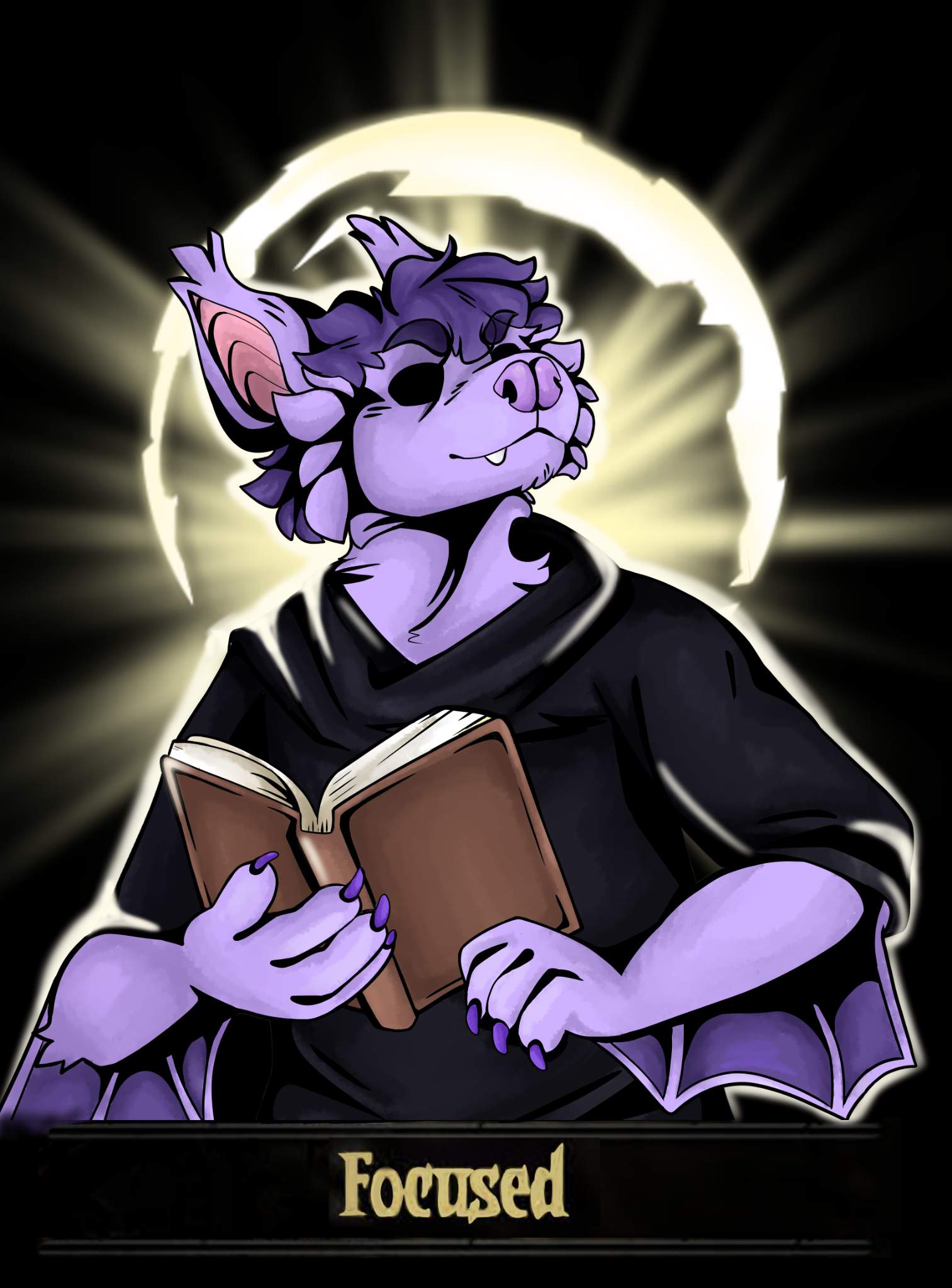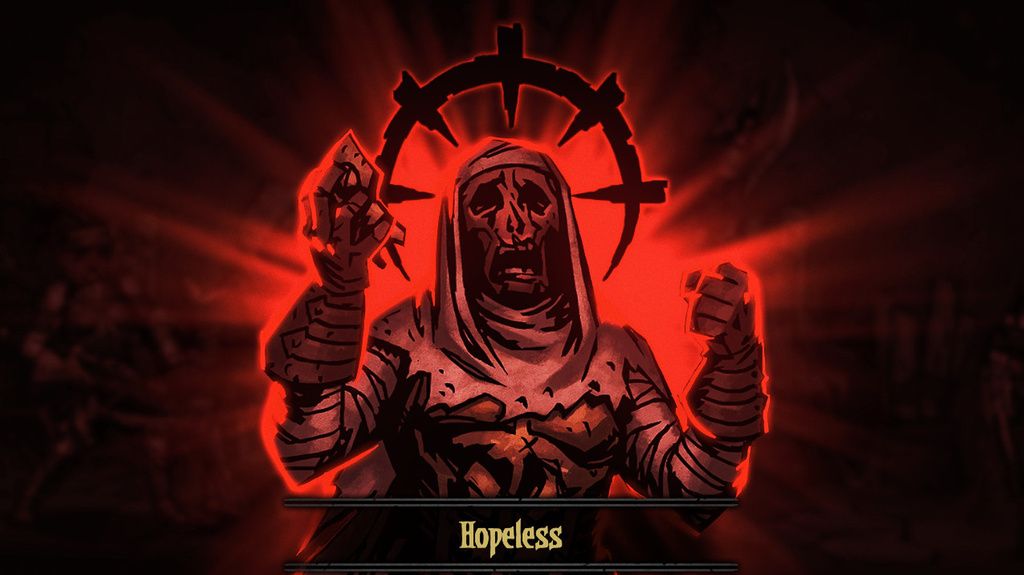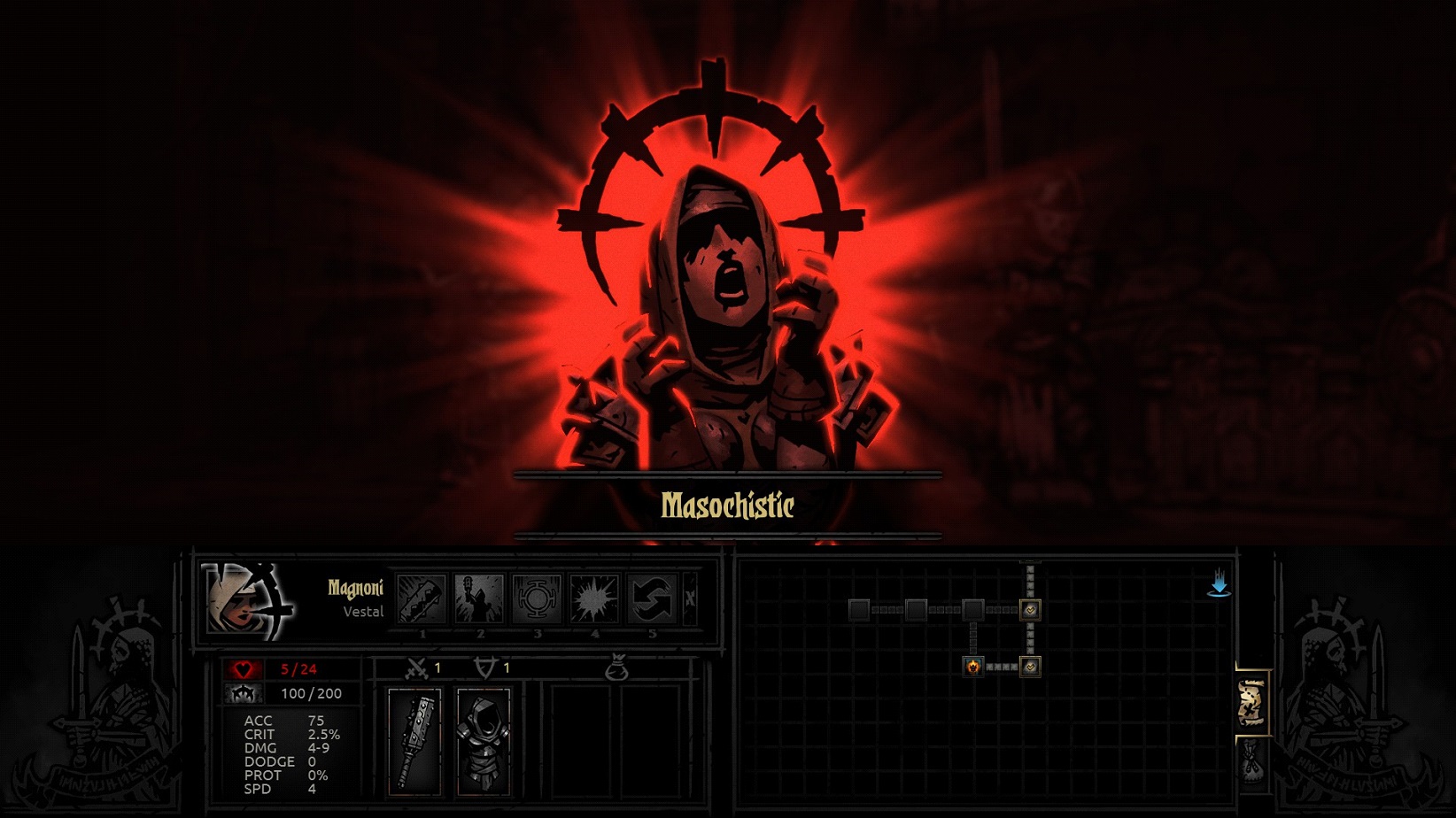
But if they can be brought above zero hit points before they actually die, they are saved. Instead, they continue to stand and fight with reduced stats while at death’s door, where any singular act of further damage is likely to kill them. When a character loses all of their hit points in Darkest Dungeon, they are not immediately killed. One of the mechanics that DD seemingly grabs to a large degree from D&D is how character death is handled. There is a huge amount of overlap between the content of Darkest Dungeon and the content of tabletop RPGs in the vein of Dungeons & Dragons, with both having: turn-based combat that plays out in initiative order distinctions between short rests and long rests damage and dodge mechanics reliant on chance a narrator speaking over the action character levels that increment slowly and cap off at a low number abilities with limited combat uses and highly numerical approaches to hunger, stealth, and torchlight. The Implementation of Afflictions in Darkest Dungeon:Įven transitioning into my list of grievances requires beginning with some further praise, as the first topic I’ll be discussing relates to a relatively unpopular mechanic in Darkest Dungeon that I actually think is quite brilliant: its stress mechanic. Alone, any one of them would probably be nitpicking for me to discuss but together, they sum into a disrespect that the game demonstrates toward the player’s time. Rather, the decisions I will highlight include non-optional mechanics that unduly slow its pace, that mislead the player to push them toward sub-par strategies, and that add challenge in ways that feel sloppy or even unintentional.


I should clarify right at the outset that none of the things I will be discussing in this article are elements covered by the title’s gameplay options (which include a number of toggles for enabling or disabling some of the game’s more contentious mechanics). Instead, this article will be focused on the abundance of small design decisions, surfacing roughly between the 20-hour mark and 60-hour mark of a playthrough, which serve to weaken the game’s demonstrable strength. It’s a very competent mix among an RPG, a roguelike, and a strategy game, all set against a backdrop of Lovecraftian horror-what’s not to like?īut the game’s literal tens of thousands of positive Steam reviews more than adequately cover its merits, so that’s not what I want to talk about here. I most assuredly have an overall positive impression of the game, and if this were a simple review of it, I would only feel that I was slightly misrepresenting my opinion if I closed by giving it an unabashed recommendation. And its level of difficulty makes for an agreeable challenge that requires players to develop non-trivial strategies for longterm success, as all strategy titles should. Its level of aesthetic polish stands out as exceptional, putting it alongside the work of other artistically gifted small development teams like Supergiant Games, Nitrome, and Team Cherry. It has a balanced mix of depth and breadth in its D&D-style strategy mechanics, making for a satisfying experience when formulating and executing plans. You'll never do huge damage in one go, but by stacking Blight effects you can end up doing over a dozen damage to an enemy every turn.Despite all of its thematic darkness and mechanical brutality, Red Hook’s Darkest Dungeon can be quite a joy to play. The Plague Doctor's main priority is keeping their team alive, and if everybody's fine, inflicting various status effects on the bigger enemies that wear them down and tax their Deathblow Resistance saves. Allies struggling to keep their blood inside them? Battlefield Medicine will pick them up. Being attacked at range by artillery-focused foes? Trigger Blinding Gas to cripple their accuracy.

Opposition got their own healers? Throw poison at the back two ranks.

Big enemy? Blight them and watch their health drain. Frankly, adventuring without a Plague Doctor feels ridiculous, as their extreme versatility means they have something for every situation. Strategy: The Plague Doctor is your main support class, healing allies of both damage and afflictions while lobbing toxic explosives at the enemy that Blight and Blind them. Pros: Healing, status cures, status afflictions, ranged attacksĬons: Low health, poor front row fighter, does damage over time rather than quicklyĬould be replaced by: Occultist, but not really - the Plague Doctor's too good to swap out


 0 kommentar(er)
0 kommentar(er)
